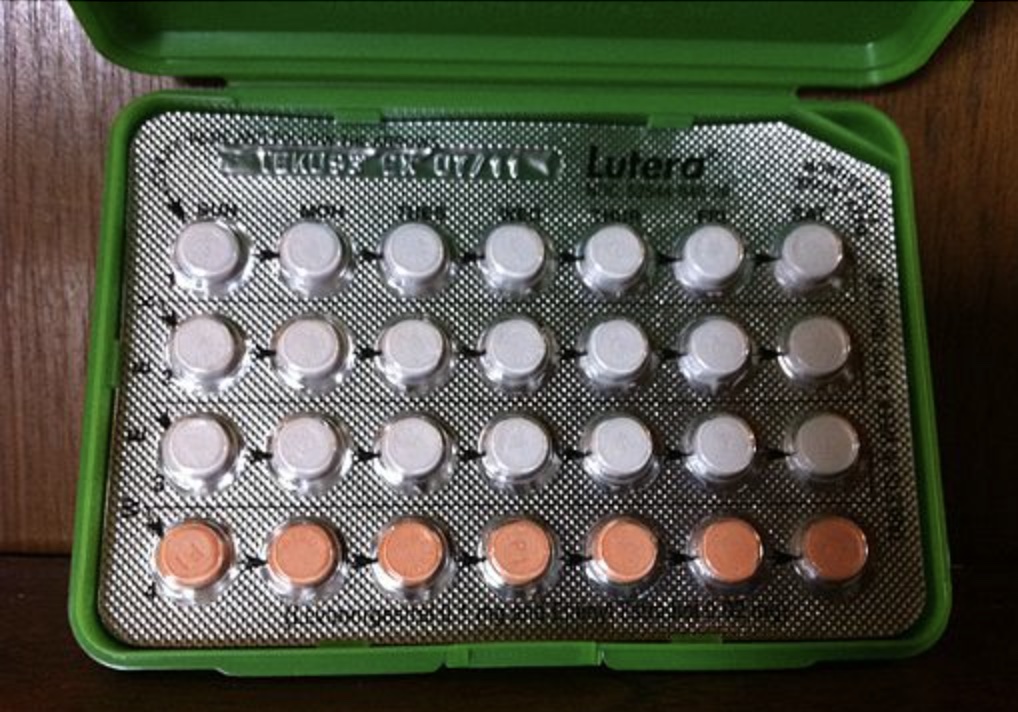
Do you think that a medication that kills more than 3000 people in the USA should be available without a prescription, even though it has health benefits? What about another medication that has many health benefits but doesn’t increase the risk of death?
The first drug mentioned above is aspirin and can easily be bought without a prescription. The second is “the Pill”, or Oral Contraceptive Pills (OCPs), which need a prescription now. In the past women needed a yearly Pap smear which meant a visit to a doctor (or other health care provider) with the expense and embarrassment of a pelvic exam. As the amazing safety of the pill has been recognized, laws have been changed to allow women to purchase their OCPs in some states from a pharmacist with minimal hassle–and they can keep their clothes on!
Perhaps you noticed that the first paragraph of this essay was making an unfair comparison. The people who die from aspirin are usually older than the women taking oral contraceptives. Furthermore, the study that found no increased mortality among women who had taken OCPs, found that there was an increase in deaths from breast cancer, but that was counterbalanced by a decrease in ovarian cancer and other causes of death.
I had the unusual experience of getting a package OCPs for an elderly nun. Our Catholic hospital had a committee to consider requests for tubal ligations–usually women undergoing repeat Cesarean sections. The sister, a member of the committee, didn’t understand that a tubal ligation could be life-saving. Apparently, she wasn’t aware that women die from pregnancy complications. I showed the nun the insert accompanying every package of OCPs, which has information about the risks of dying with various contraceptive methods, or with none. The most dangerous was not using contraception, since every pregnancy carries a small risk of death. She was convinced of the importance of tubal ligations for women who desired no more children.
When OCPs first became available 60 years ago they were quite different. Then the level of estrogen was more than twice what it is now. Over 50 years ago my wife and I visited a college classmate in the hospital where she had been diagnosed with a blood clot from OCPs. It took years to recognize that estrogen in OCPs increases the risk of clots–the more estrogen, the higher the risk. We now know that pills with less estrogen are safer, but still effective.
Fortunately, there are already several ways OCPs can be bought without an examination. They include Planned Parenthood, where answering a questionnaire and blood pressure check are all that’s needed. In Colorado and some other states, a pharmacist can prescribe them. Also, there are Internet sites that provide prescriptions and sell OCPs inexpensively. Why not reduce the restrictions to make it easier and less expensive to get OCPs?
Perhaps you remember a similar situation with Emergency Contraception Pills. It took years to convince the Food and Drug Administration of their safety. ECPs can now be bought in a pharmacy or even from Amazon without restrictions. Because ECPs are most effective in preventing pregnancy if they are taken within 12 hours after unprotected sex, it is suggested that people who are at risk keep a pack “just in case”.
The “Oral Contraceptives Over-the-Counter Working Group” advocates for OCPs to be available without prescription. They have worked for years to reduce hurdles for women. They have looked at pills’ safety record in other countries, where one can purchase OCPs without a prescription. Social scientists have been developing easy-to-understand wording to go with the pills since no provider will tell the woman how to take the medication.
Well, England has beat us to it! This month Progestin-Only Pills will be available without a prescription, after a brief consultation with a pharmacist. Since POPs have no estrogen, they are safer than the usual combined OCPs and can be used by many people who should not take estrogen.
Making contraception more available is not just a matter of convenience. Studies show that access to contraception increases young women’s chances of graduation from high school. Facilitating access to safe OCPs can help change teens’ lives for the better.
© Richard Grossman MD, 2021
